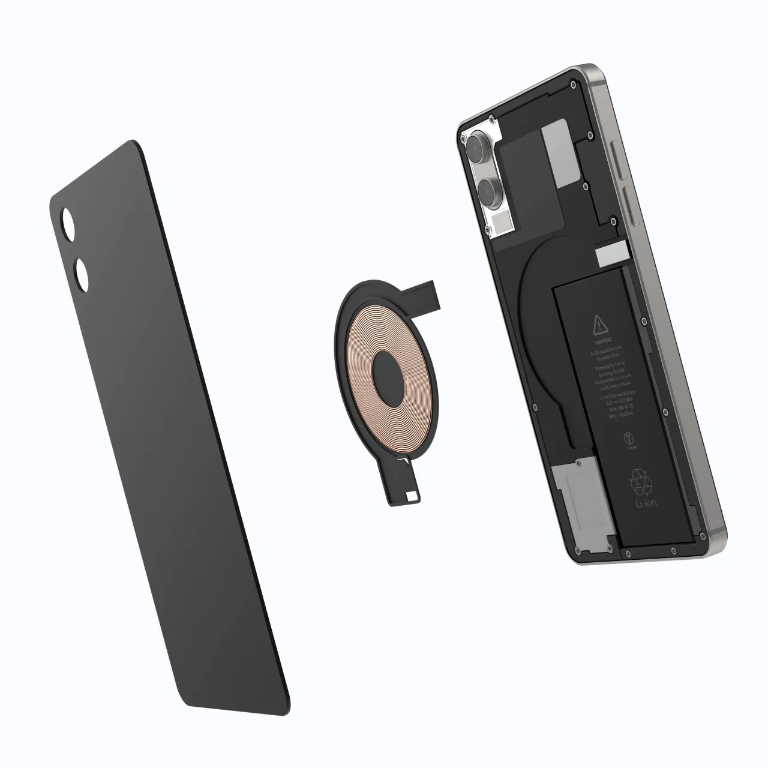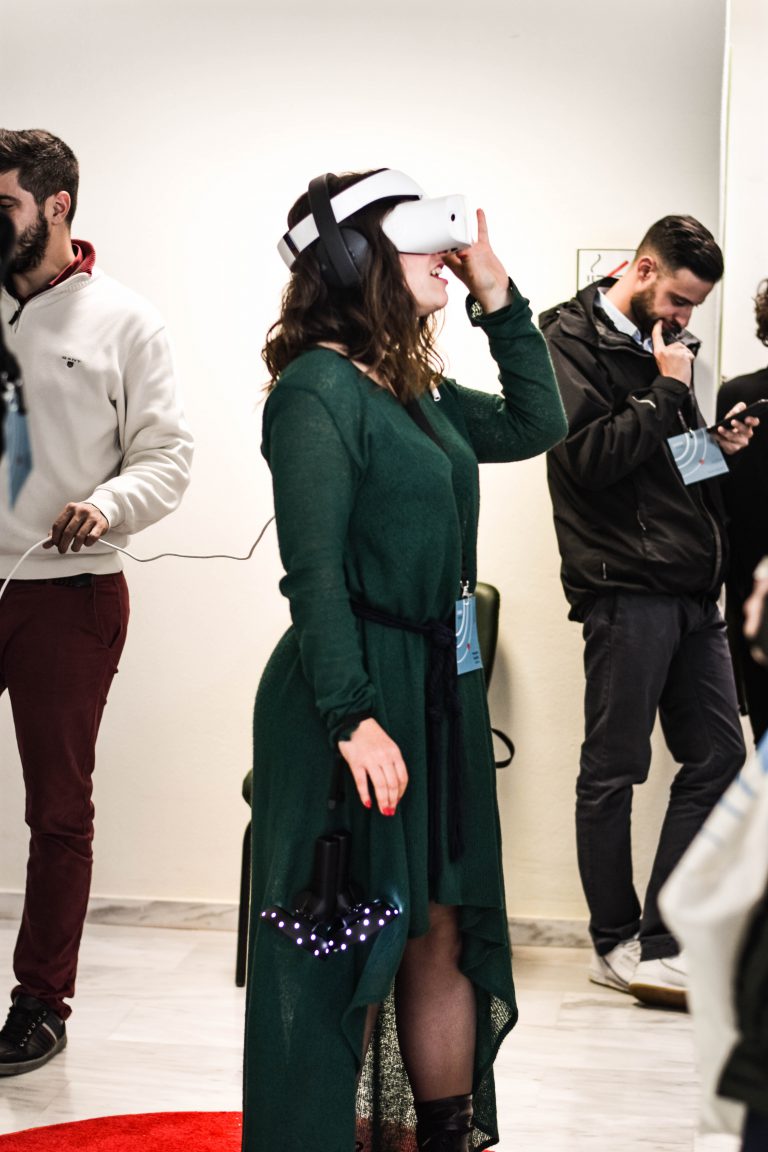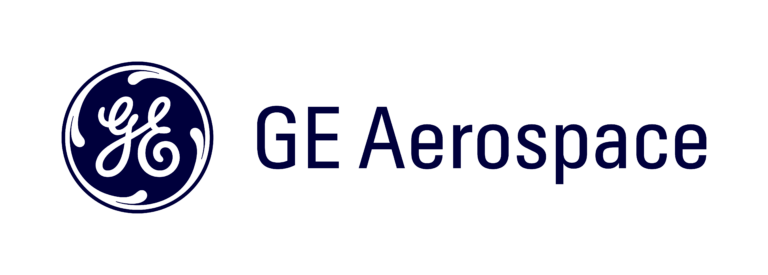Resonant Link Plans to Launch its First Remote Smartphone Charger to the Public This Year
Excerpt of VTDigger article
It is 9:30 a.m. at the headquarters of Resonant Link, in an industrial park next to Ben & Jerry’s, and almost every cubicle is still empty for two reasons, explains Rachel Allard, the company’s director of marketing: Engineers tend to come in late and work late, and the company has left room for explosive growth in hiring this year, from the current 48 employees to around 80 by year’s end.
“We definitely have a little moving in to do, as you can see,” Allard says.
Resonant Link moved into its new offices last spring. The company had been headquartered in Shelburne. Fifteen months ago, it had seven employees. By the end of 2021, it had 18, including founders Aaron Stein, Phyo Aung Kyaw and Grayson Zulauf. Last year, it hired 30 additional employees.
Resonant Link’s employees are now spread out over 12 states and three countries.
“People will work on a board, circuits or something,” said Allard. “They’ll ship it overnight to a colleague in Denver. And that person can work on that same physical piece of hardware.”
Resonant Link was founded in 2017, building on its revolutionary method to send power wirelessly using coils made of layers of foil and thin film dielectric, an electrical insulator that can be polarized by an applied electrical field.
“We build the coils in a completely different way than conventional wireless chargers are built,” said Zulauf, Resonant Link’s chief executive officer. “Ours are built with alternating layers of foil like you could buy at the grocery store and then film, instead of what other people do, which is they essentially take a braided wire and wrap it in a loop.”
The technology uses one-fifth the power of other existing wireless technology, Zulauf said. It was developed by Stein and Kyaw at Professor Charles Sullivan’s lab at the Thayer School of Engineering at Dartmouth College in New Hampshire.
“Charlie had this original idea of this new type of wireless coil that was really exciting,” said Stein, Resonant Link’s chief technology officer.
That idea was the resonant link after which the company is named.
Stein, who was working on post-doctoral research at Dartmouth, worked with Kyaw to turn Sullivan’s idea into a reality in his lab. They found that the wireless coil worked five to 10 times better than other coils. They knew that by calculating a factor called Q, which measures energy stored divided by energy dissipated during the wireless transmission, essentially determining how much energy is being transmitted to the receiver instead of being dissipated, Allard explained.
“All of a sudden, we just had this mind-blowing result,” Stein said.
They took their results to conferences and found people were excited, Stein said. So they thought they should commercialize their idea. Stein wrote a grant request for the National Science Foundation to fund the company and get it off the ground. In 2018, they were awarded a grant of nearly $225,000.
“Once that was there, we had a little bit of money and a few people with big hearts and big ideas and we rode off trying to see what we could do from there,” Stein said.
Stein said that all their customers share a need to get power through something that is hard to get power through. Their medical clients need to transmit power to devices through the human body without overheating it. Their lift truck customers have to get power through the air for as many inches as possible without dissipating too much energy, because that dissipated energy would heat up objects around it and make them unsafe to touch or would make parts fail.
“What’s hard about that is you have to create large magnetic fields to pass power over that air gap,” Stein said.
The company’s technology can wirelessly power electronics from tiny 20-milliwatt medical devices to 19.2-kilowatt chargers for lift trucks.
At the company’s headquarters, Allard opened a drawer and takes out the smallest charger that the company makes — a molar implant — holding it in the palm of her hand. She said she used to tell people it was the size of a fingernail, but at three millimeters in diameter, it’s actually much smaller.
Resonant Link will not reveal its customers, but Zulauf said it is working with 12 medical-device makers. Allard said the company is also working with a big smartphone manufacturer. She said Resonant Link hopes to have the smartphone charger on store shelves by the end of this year, in time for the holidays.
Smartphone wireless chargers are already available on the market. One thing that makes Resonant Link different, Allard said, is that its chargers are more flexible.
“We’ve all had those frustrations with wireless chargers where you have to get it exactly in one spot to get it work,” Allard said. “Our chargers have to work with how people live and operate.”
Resonant Link’s smartphone charger, Allard said, works twice as far away from the phone as any competitor’s. It is also faster, she said. The electronics are constantly monitoring how much power is being transmitted so the maximum power is being sent at any given time, but not so much as to overcharge, which ruins batteries over time, she said.





